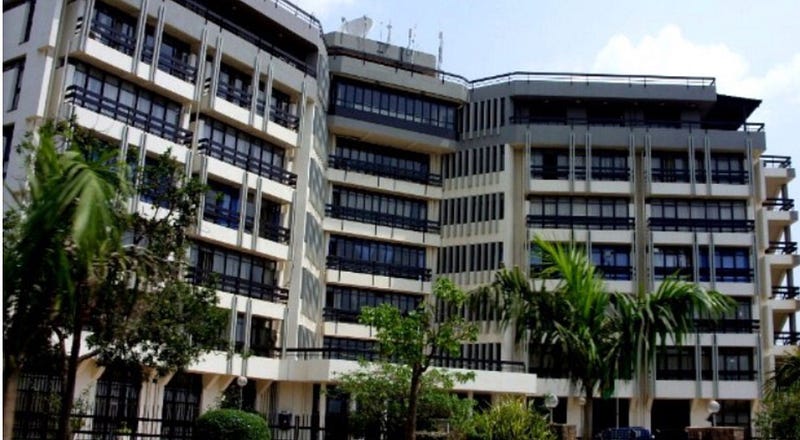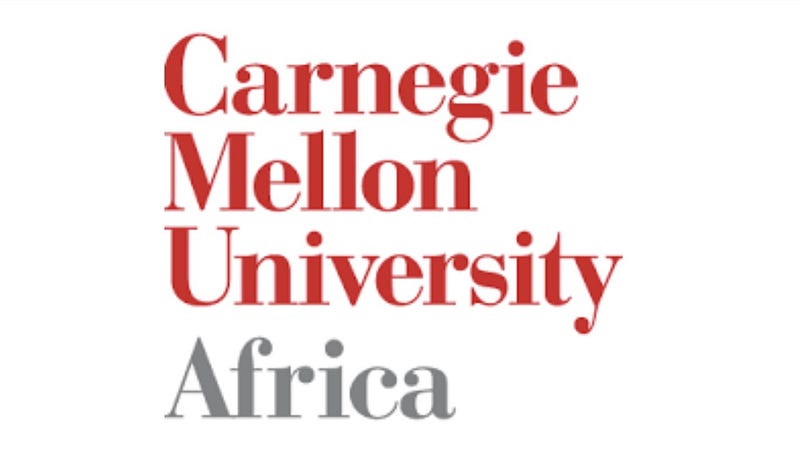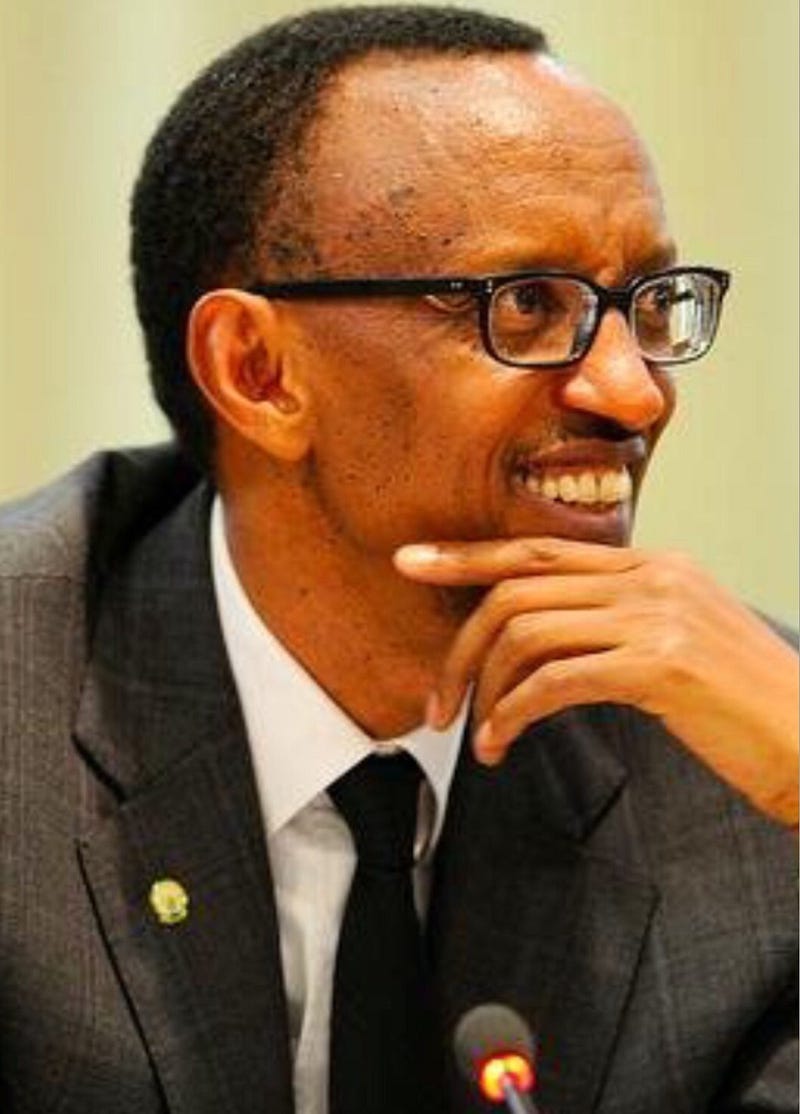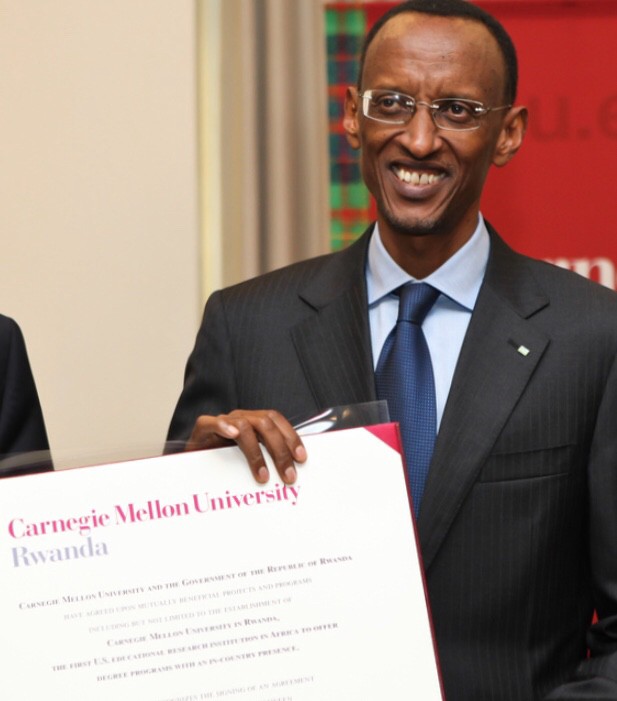By David Himbara
With Carnegie Mellon President Jared L. Cohon, President Paul Kagame launched a campus in Rwanda in 2012. Carnegie Mellon University-Rwanda (renamed Carnegie Mellon University-Africa) would offer graduate engineering degree programs in Rwanda, beginning in fall 2012.

The university would initially offer a Master of Science in Information Technology program. In addition, the university was to collaborate with the Government to develop an innovation incubator, advanced practical training programs, executive education programs and a mobility research center.
Attending CMU-Africa is not cheap

CMU describes its fee structure as follows:
“If you are an African national enrolled at the Kigali location, the cost of tuition is $16,000 per year through a combined financial aid package from CMU and the Government of Rwanda. However, applicants from the East African Community (EAC) are eligible for a 50% scholarship offered by the Government of Rwanda, making the cost of the program $8,000 per year.”
Fast-forward to 2018 and bad news therein
CMU-Africa was to finance its operations from two sources:
- Students fees.
- The government of Rwanda.
The strategy for making CMU-Africa sustainable was straightforward. The Kagame government’s portion for financing the university was to progressively lessen. Conversely, as more students enrolled, the university would generate its own revenue from student fees. The government would then exit the financing arrangement. The Auditor General of Rwanda explains this funding formula as follows:
”Enrollment was expected to increase from an approximated 40 students in the initial class in 2012 to approximately 150 students by 2017. This targeted student enrollment was expected to provide fees contribution of USD 16,080,000 (equivalent to Frw 13,828,800,000 at the current exchange rate of 860 Frw).”
Things have not gone according to plans, however. The Auditor General provides with the following bad news:
- In the academic year, 2016 — 2017, CMU-Africa had an enrollment of only 75 students — half of the envisaged number of 150.
- Total fees since the establishment of CMU-Africa in 2012 up to February 2018 is USD5.7 Million.
- This means the government has provided much operational funding to CMU-Africa.
- The government has contributed to CMU-Africa USD47.6 million from 2012 to 2017.
As the Auditor General further indicates, had the envisaged student numbers materialized, the government would not have been forced to pay USD16 Million. This amount would have come from student fees.

Two questions should be raised here for Kagame. Firstly, has CMU-Africa accomplished its dual mission of training information technologists and developing an innovation incubator for Rwanda? Secondly, how will Rwandan taxpayers’s money sustain CMU-Africa if the university cannot attract adequate student numbers to generate its own revenue?





























































